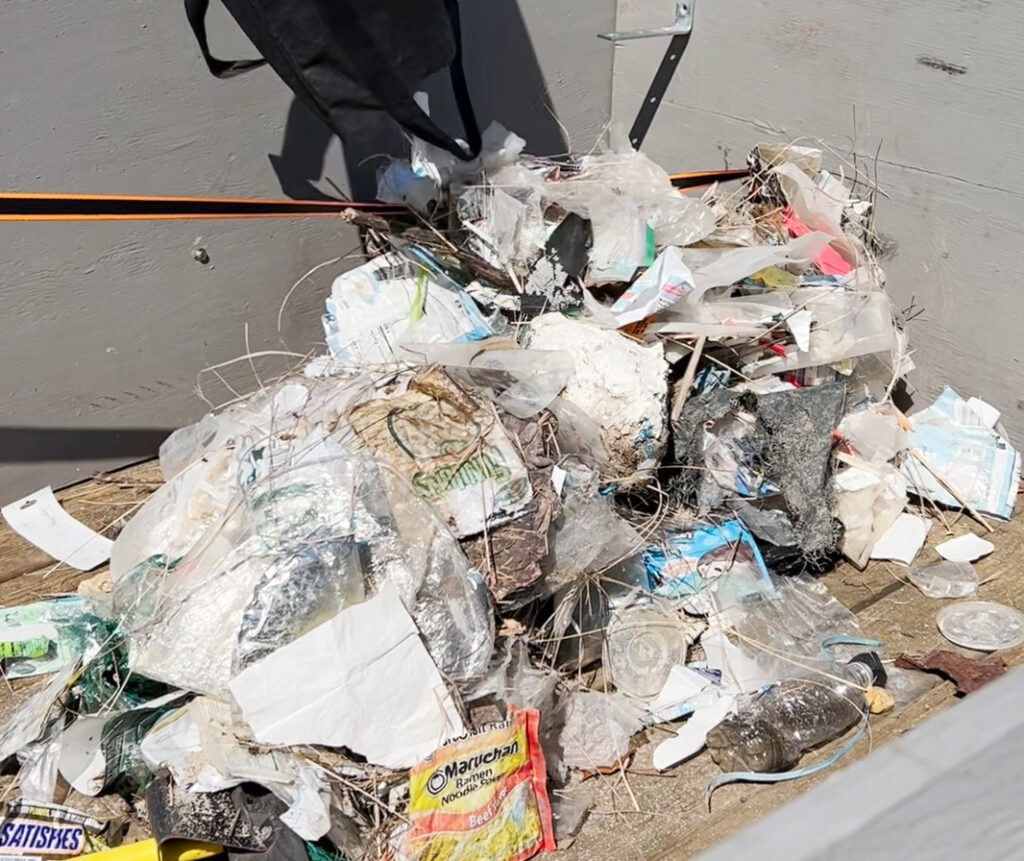County continues push for advanced septic systems

Justin Jobin of Suffolk County’s Septic Improvement Program discussed Monday how nitrogen and harmful bacteria are infiltrating waterways and what measures can be taken to combat dangers through new wastewater treatment systems.
Mr. Jobin, the program’s manager and environmental projects coordinator, spoke at the Mattituck-Laurel Civic Association meeting.
Grasses thrive off nitrogen — but it isn’t just fertilizers that are releasing the element into the environment and into aquifers. There is a large amount of nitrogen in our waste, he said, that travels to bays and surface waters, feeding algae which can yield harmful algal blooms, suffocating fish and, if poisonous, potentially causing liver damage in humans.
Mr. Jobin estimated that there are 360,000 septic systems in Suffolk County, making this county the most densely populated area of septic systems in the United States.
“Conventional septic systems don’t do a lot to remove nitrogen,” Mr. Jobin said. “They essentially just dump it into the groundwater and surface water.”
Mr. Jobin suggested switching to what are called Innovative and Alternative On-Site Wastewater Treatment Systems. These systems, he said, remove 60-70% of nitrogen and wastewater, and can be more cost-effective than installing a conventional septic system, after state and county grants.
“We have the systems, we’ve improved the systems, we’ve trained the industry on how to install the systems, and we have now, financial incentive programs to promote the systems because they are more expensive than your standard cesspool or septic system,” he said. “The county executive’s been very adamant that we have a program in place so that the burden is not on the homeowner to pay the difference in cost.”
A county grant is being offered, valued at up to $20,000, a state grant, valued at up to $10,000 and a 3% interest loan over 15 years, available through the Community Development Corporation of Long Island. The base county grant comes with two incentives – one for residents in a high-groundwater area who need what is called a “pressurized shallow drain field,” and the other for low- to moderate-income homeowners. Individuals who fit either mold may be eligible for an additional $5,000.
The first recipients of the grants were recently informed they must pay federal taxes on the value of the grant money, sparking backlash and concern that the taxes would be a deterrent going forward. An IRS ruling is expected within the next two or three months to determine whether the grants are to be considered taxable. A Flanders woman who received a $10,000 county grant plus a $15,000 Southampton Town rebate had been told both are taxable as income.
The average cost of these systems fall between $20,000 and $22,000 on the North Fork and between $24,000 and $26,000 on the South Fork.
Only those in certified septic system zones, who do not have new construction ongoing on a vacant lot, are eligible. Individuals undergoing construction at their homes, such as the addition of a bedroom, are eligible as well, but anyone with a tax lien or property in foreclosure is not.
As of March 19, 15 grants have been issued for the Town of Southold and three for the Town of Riverhead.
“This is no longer a set and forget mentality,” Mr. Jobin said.








